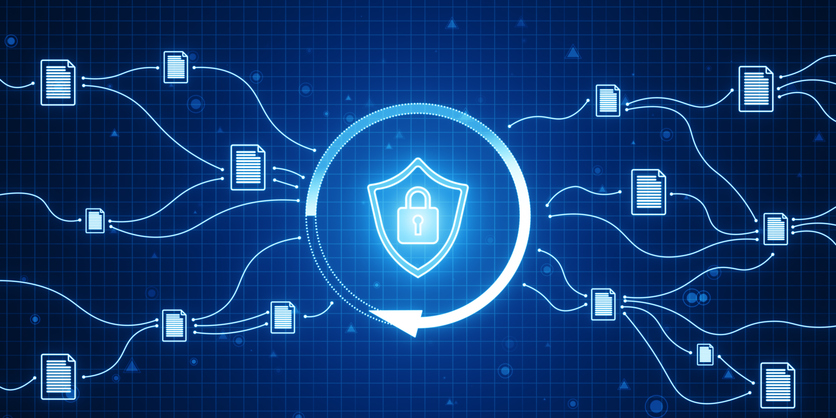5 min read
Securing Your Network: A Guide to Implementing Secure Network Protocols
In the tapestry of today’s digital ecosystem, the threads of network security are woven with both diligence and innovation. Remember the last time...
2 min read
 The Amazing Team at Force One
:
Mar 21, 2024 4:06:44 PM
The Amazing Team at Force One
:
Mar 21, 2024 4:06:44 PM
Imagine the chaos when a leading tech company in the USA faced a sudden, complete network outage. The culprit? A seemingly minor oversight in their Wi-Fi setup. This incident highlights the critical importance of understanding and correctly implementing wireless standards—a cornerstone of our modern digital infrastructure.
The Basics of Wireless Protocols and Networking Standards
Wireless protocols and networking standards, such as those defined by the IEEE (Institute of Electrical and Electronics Engineers), serve as the backbone for global communication. The journey from the first wireless telegraph transmissions to today's high-speed Wi-Fi networks is a testament to human ingenuity. For instance, the IEEE 802.11 standard, known to most as Wi-Fi, has undergone numerous upgrades to keep up with our insatiable demand for faster and more reliable connections. Cybersecurity certification course USA
Network Installation and Wi-Fi Setup
Correct network installation and Wi-Fi setup are pivotal for any business or household in the USA.
Consider the case of Starbucks, a pioneer in offering free Wi-Fi to its customers, significantly enhancing customer satisfaction and dwell time. The process involves selecting the right equipment, planning the network layout, and configuring the network settings to meet the specific needs of the users.
Access Point Deployment and Tackling Network Connectivity Issues
Strategic access point deployment can make or break network efficiency.
The Coachella Music Festival, for example, faced a massive challenge in providing consistent Wi-Fi across a vast area filled with thousands of festival-goers. By deploying multiple access points and using mesh networking, they were able to ensure that attendees remained connected, enhancing their overall experience.
Addressing Signal Interference and Performance Optimization:
Signal interference can significantly degrade Wi-Fi performance.
Small businesses, like the local bookstore Powell’s Books, have combated this by optimizing router placement and adjusting channel settings, providing a seamless browsing experience for customers, even in a space filled with potential interference sources like microwaves and cordless phones.
Security Protocols, Encryption Methods, and Authentication Mechanisms
With cyber threats on the rise, implementing robust security protocols is non-negotiable.
Google, for example, has led the way in adopting advanced encryption methods and authentication mechanisms to protect its vast network infrastructure. This highlights the importance of cybersecurity knowledge, underlining the value of specialized training programs like cyber security bootcamps.
Understanding and implementing the right wireless standards is not just about keeping our devices connected; it's about ensuring efficient, secure, and reliable communication in our increasingly digital world. By learning more about network security, you can not only protect your own network but also pave the way for a career in the vital field of cybersecurity.
Also Read: How to Secure and Streamline your Network
If you're interested in more job tips and ways to advance your career in the cybersecurity field, check out more details at ForceOne Cybersecurity. Together, we can build a safer digital future.
FAQs,
Common issues include weak signal strength, interference, and outdated hardware. Solutions involve router placement optimization, channel adjustment, and regular hardware updates.
Interference from devices like microwaves or Bluetooth speakers can cause connection drops. Using dual-band routers and selecting less congested channels can mitigate this.
WEP is outdated and easily breached, WPA improved security but still had vulnerabilities, and WPA2 offers the strongest encryption and is currently recommended for most networks.
It depends on your specific requirements, such as speed and range. IEEE 802.11ac (Wi-Fi 5) is suitable for most home and small business needs, offering faster speeds and greater range than its predecessors.

5 min read
In the tapestry of today’s digital ecosystem, the threads of network security are woven with both diligence and innovation. Remember the last time...

4 min read
In our rapidly evolving digital landscape, the robustness of your network isn't merely a technical concern; it's the very foundation upon which your...

5 min read
Discover the Top Strategies to Protect Your IoT Devices from Cyber Threats and Breaches in the USA Enhancing IoT Device Security Measures Enhancing...